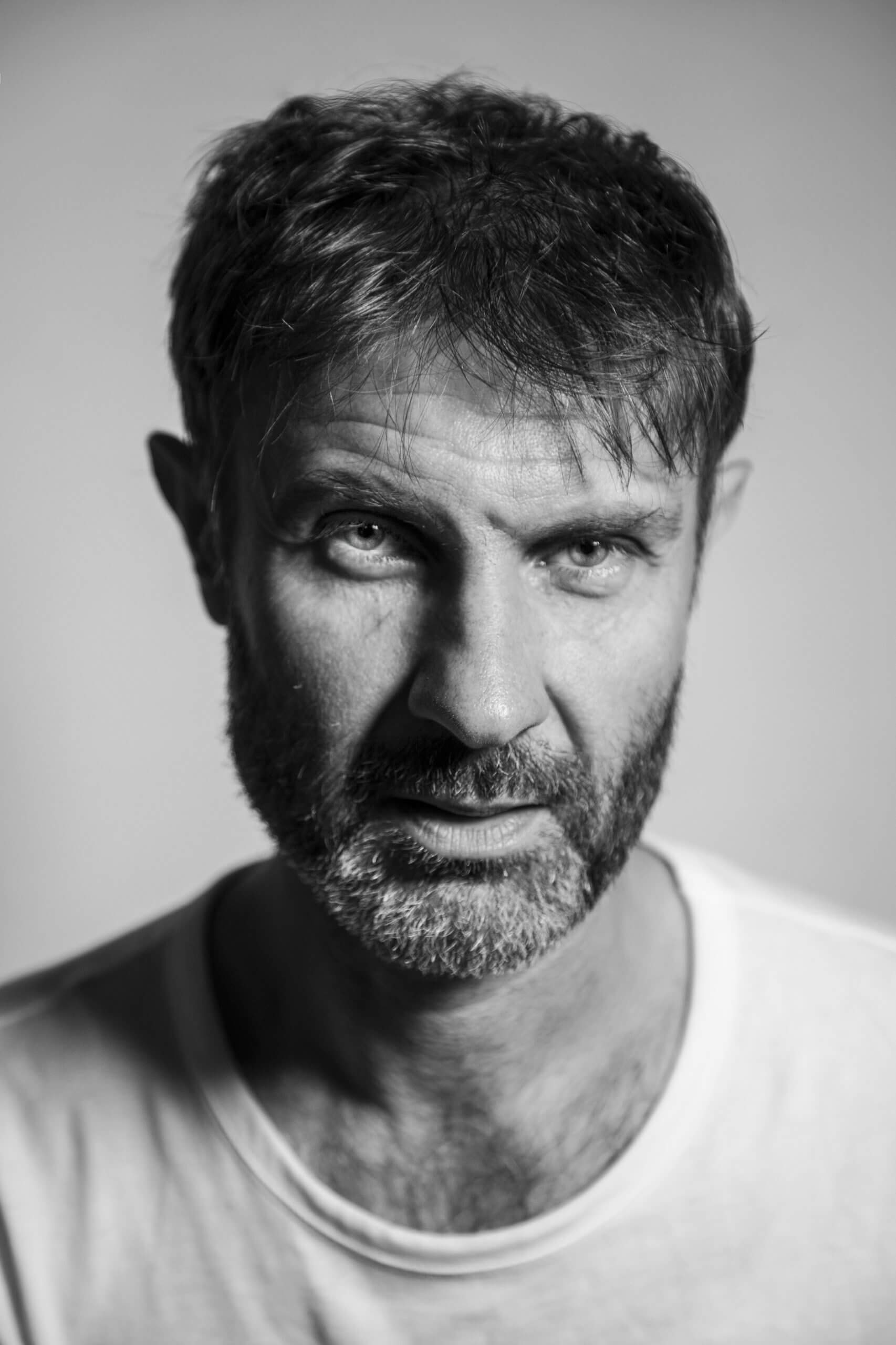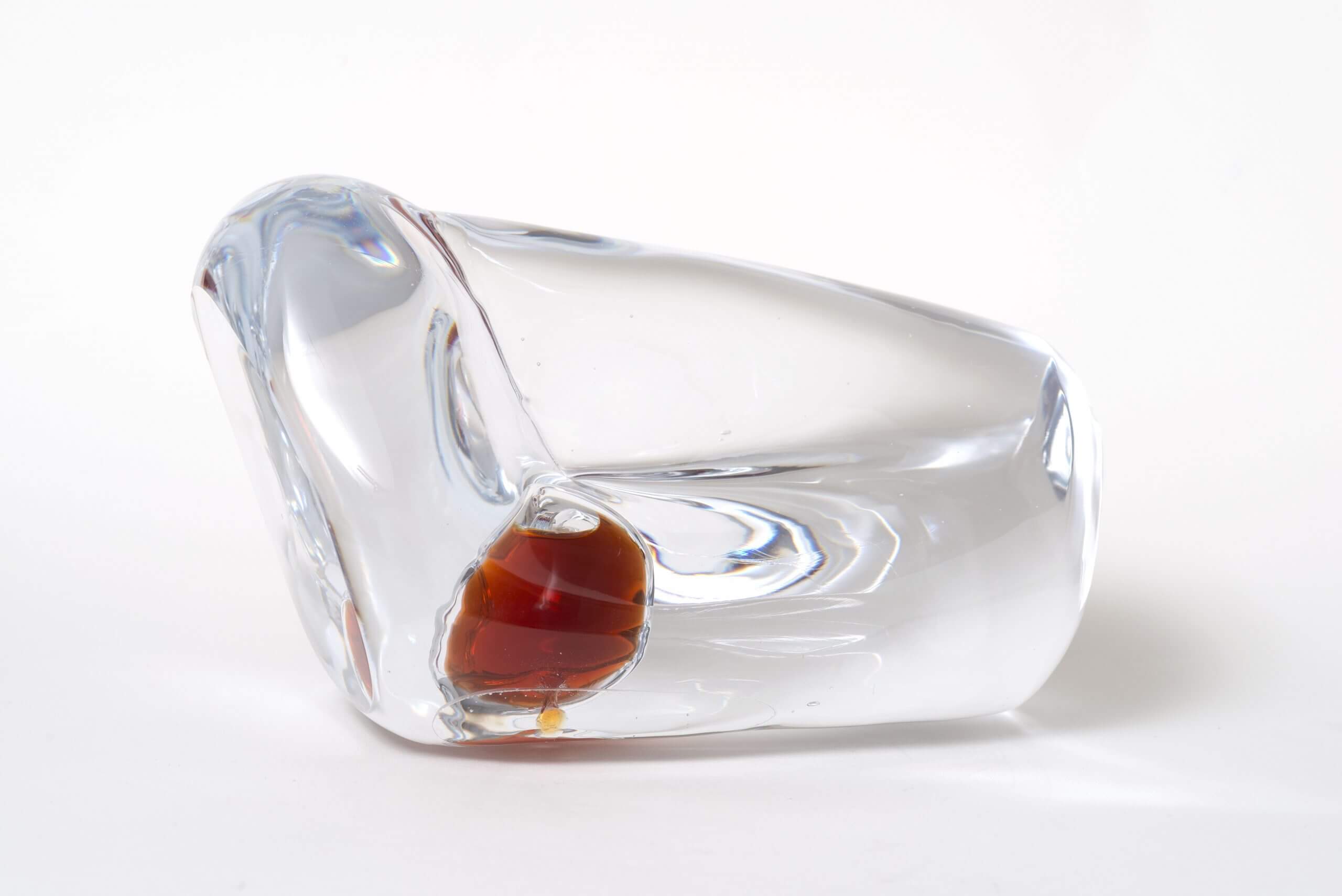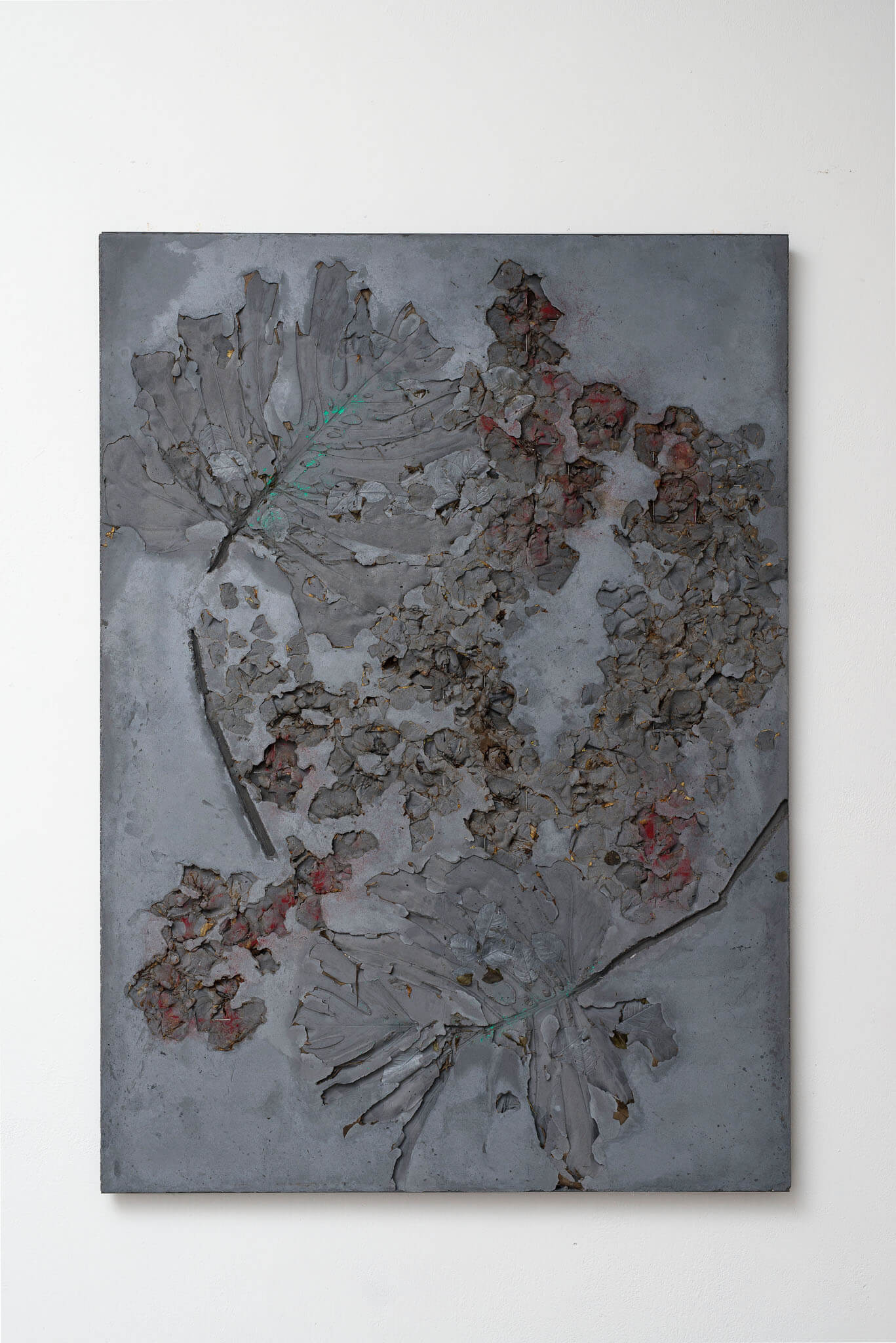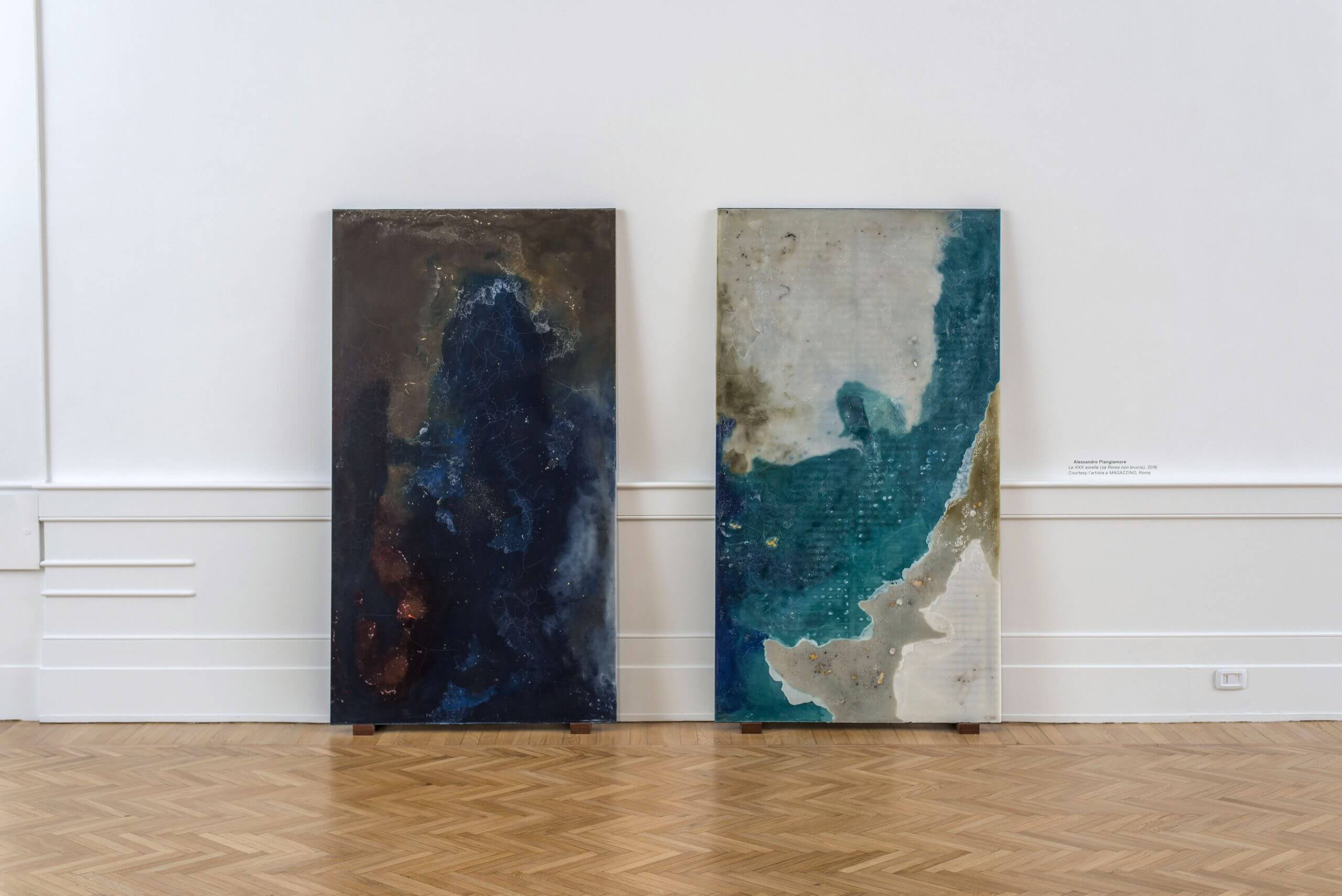The Poetic Research of Alessandro Piangiamore

From coral to flowers, from concrete to wax, Alessandro Piangiamore’s (b. Enna, 1976) practice is so versatile that it leaves nothing to chance. It is a constant balance between the subjects in which, in addition to the prevailing idea behind each project, there is a continuous testing of the fragility of his chosen elements. In some way, Piangiamore halts their natural processes over time, so that they no longer change.
Thanks to his Sicilian origins, having “grown up with Etna on the horizon”, Piangiamore’s figure culminates in the contrast emerging from each work in a poetic and clear way, into its essence. A triumph of shapes and colors, his works are those thoughts collected through the material and recovered to tell a new story; a new identity to share with the public. Piangiamore has exhibited internationally at venues in Brussels, Paris, London, Los Angeles, New York and Rome. His first monograph was published in 2018 by NERO Editions (Rome). Piangiamore lives and works in Rome.
In an exclusive for FRONTRUNNER, Piangiamore recounts his approach to art and some works more important than himself.

How did your career begin?
I wouldn’t be able to establish what the precise dynamic was. I grew up in a small town in the Sicilian hinterland, and the first approach with the contemporary began through schoolbooks. Around the age of seventeen, I discovered that the Enna library received an art magazine, which they lent me every time. But what brought me closest to art was probably a painting that my grandmother had. Nothing particular, it depicted a landscape with a lake, mountains, cottage. To look at it closely, I climbed onto the sofa. Over time, I felt a greater affinity with the visual arts. So, I moved from Enna to Rome.
You use very different and contrasting materials. For your solo show Primavera Piangiamore (2014) at Palais de Tokyo in Paris, you chose to experiment with perfumes. How was this project conceived?
I always imagined mixing all the perfumes I found at friends’ houses, so I started asking acquaintances and strangers to give me the fragrances they used, without really knowing what would come out. I started mixing perfumes based on their color (pink with pink, orange with orange, and so on), thus obtaining nine new fragrances that served as a stimulus for glass artisans to make transparent crystals where the perfume was enclosed. In this way, the perfume passed from the olfactory realm to the purely visual one.

Primavera Piangiamore #9 (2014)
Crystal, fragrances
30 x 30 x 20 cm
Courtesy of the artist
Speaking of contrasts and fragrances, for the Ieri Ikebana series, you fuse flowers with concrete, the latter among the hardest materials…
Concrete is a simple material, which is born fluid and becomes solid. Generally, I like materials that change phase because they can be shaped and adapted to an idea. In reality, I’m a lover more of the idea than of the material that is always functional to the idea, itself. The first work I did in concrete was a 2007 inscription that said, “Defying gravity with the truth”, hovering on a water pipe inside the Paolo Bonzano Gallery in Rome. For me, concrete is truth because it is something concrete, very hard. Subsequently, Ikebana was born; a series of works with concrete and flowers. They are harmonic, floral compositions created while trying to follow the classic criteria of balance between shapes, spaces, and colors. In this case, the compositions are made flat, incorporating floral elements into the concrete. Flowers have always had a sense of the ephemeral, and the history of art is full of them. Like the still life that man tries to emulate, but he will never succeed!
But there are many ways of interpreting reality and, therefore, nature…
With Con tutto il vento che c’è (All the Wind That Blows), I tried to create a portrait for every wind that blows in the world. It started in 2008 and will have no end. To date, I have a list of 150 winds that is constantly increasing. To create these portraits, I use the Earth of the places where a specific wind blows, to create a parallelepiped that is then left exposed to the wind for an undetermined period of time. In fact, I believe that the most beautiful part of this work is its own history: it is what it brings with it, so even the shape of the sculpture is not important. Basically, I think it’s a very classic work. Mankind has always tried to depict the winds in various cultures, from Greek to Eastern, and this work is part of that tradition.

Ieri Ikebana (2018)
Flora, concrete, iron
202 × 101 × 2.5 cm each
Courtesy of the artist
Where do you find inspiration for your work?
Suggestions are everywhere. There are those who find them in literature, in cinema, in the sky, in nature. I believe that inspiration is always linked to the sensitivity of the individual. It’s in the eyes of each of us that they are different from those of the other. It’s in the way you look and perceive things. Maybe there are moments when there is a greater flow, other times slower, each artist builds his vocabulary with his works. I like the idea that over time, the vocabulary of art becomes part of a collective vision.
That same collective vision then led you to create the series of works made with wax. Why did you choose candles?
Initially, the title was La cera di Roma (Roman Wax) because it was influenced by the fact that the city that hosts me is characterized by a “low cost spirituality”. It was subsequently replaced by a more extensive title, Api e petrolio fanno luce (Bees and Oil Shed Light). The candle is a common object all over the world, easy to find, and has various uses from religious rituals to celebratory events such as a birthdays. Then, they are a source of light. Metaphorically, they can also have different interpretations. The light is revealing, it gives you relief. Like concrete, wax is also a fluid material, at the base of the sculpture. I began the series by asking friends for candle residues and walking around churches. What most involved me in this series of works beyond their pictorial ambiguity, is the fact that all these small fragments (each with its own story) merge into a single entity.

La XXVII Cera di Roma (2016)
Melted beeswax and paraffin candles residue, Iron
203 x 113 x 3 cm each
Installation view at Galleria Nazionale d’Arte Moderna (Rome)
Courtesy of the artist
Is your spiritual side involved in this project in any way? What relationship do you have with faith?
I have my own way of believing that I’ve never claimed to bring into my work. Certainly there was a suggestion in what my origins are. I am thinking of systematic processions, or the visits to the cemetery with my grandmother to bring candles to the dead.
What should be the responsibility of an artist towards the public?
I don’t really like talking about the “responsibility of the artist” because he is generally one of the most irresponsible; wanting to attribute responsibility to him seems to me quite a “bad” thing. But I think the great responsibility of the artist is to be honest with himself.
What are your forthcoming projects?
Soon there will be a collective exhibition at the Galerie Hubert Winter in Vienna, curated by Mouna Mekouar with whom I collaborated for the 2019 exhibition Luogo e Segni at Punta della Dogana (Fondazione Pinault, Venice). I will exhibit with two Lebanese artists with which I have already collaborated with at Palais de Tokyo. Then, a solo exhibition at Galleria Magazzino (Rome) and a project in France.
Responses